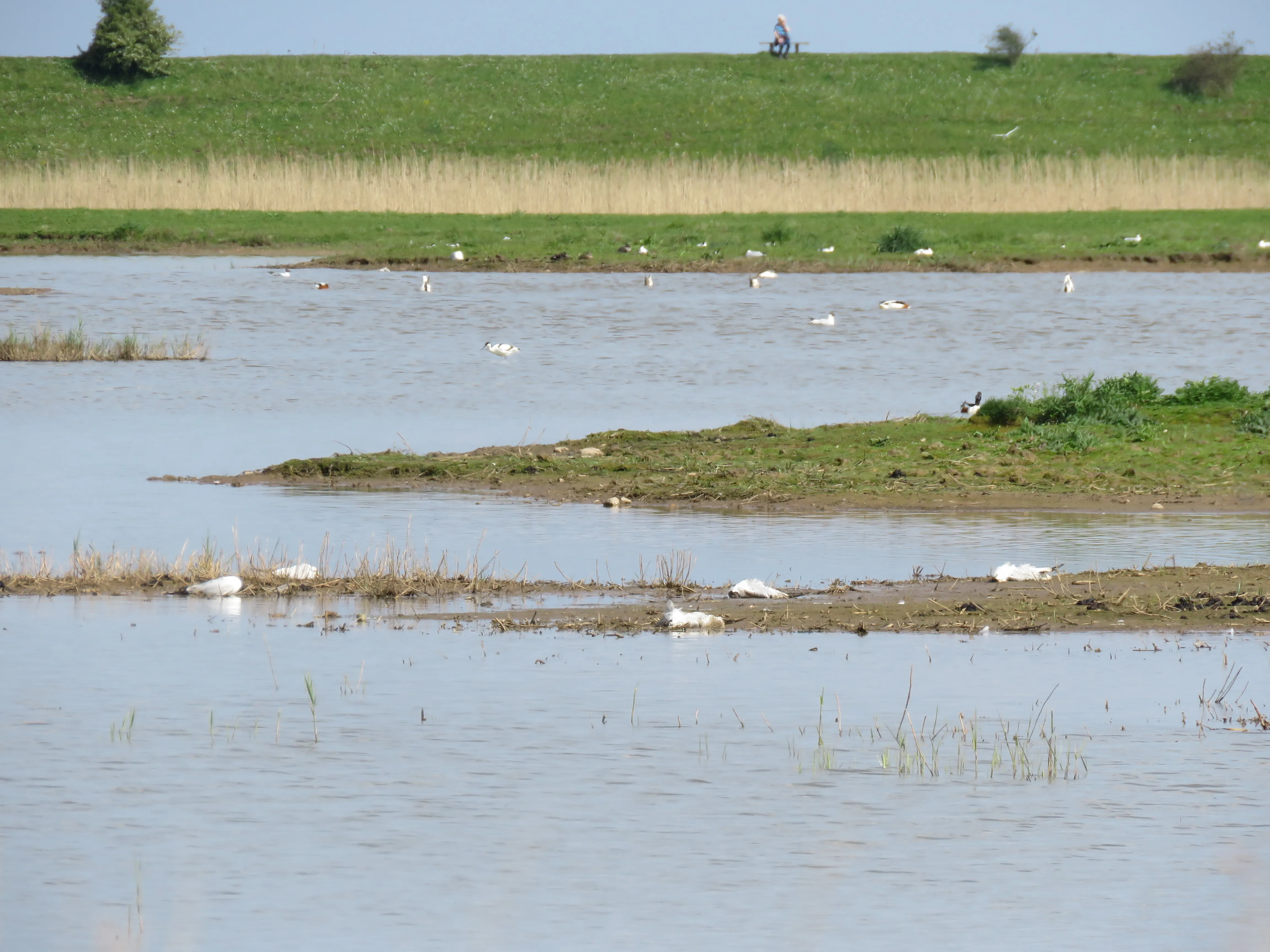Citation

Abstract
Capsule
Between October 2021 and September 2023, over 100,000 carcasses of wild birds, primarily waterbirds and seabirds, were reported from the UK and Crown Dependencies during a high pathogenicity H5N1 avian influenza (HPAI) outbreak.
Aim
To document the spatial and temporal mortality in wild birds in the UK, Isle of Man and the Channel Islands during an outbreak of HPAI.
Methods
Counts of dead birds (mortality data) were collated from UK statutory animal health and nature conservation bodies, online bird recording platforms and conservation organizations, and compared with national avian influenza surveillance data and subsequent population counts at seabird colonies.
Results
A total of 103,497 dead individuals (90,062 full grown and 13,435 chicks) of 155 species, plus another 3,976 individuals where the species could not be ascertained, were contained within 11,453 reports of dead birds received during the two-year period. Scotland and England accounted for most of the deaths, with the Northern Gannet Morus bassanus, Black-headed Gull Chroicocephalus ridibundus and Barnacle Goose Branta leucopsis among the most affected species. Over 7,500 bird carcasses were tested for HPAI, with 80 species testing positive. Mortality data closely matched the species testing positive, and there was a positive correlation between the seabird carcasses recorded and population changes observed in 2023.
Conclusion
The study demonstrates that mortality data can estimate disease impact, aid in real-time outbreak assessments and support better coordination during future events. Standardizing data collection and linking to disease surveillance systems is recommended for an improved understanding of wild bird health.
This work was funded by the BTO Avian Influenza Appeal, and by Defra, the Scottish Government and Welsh Government under grant SV3032, and by the Defra-funded research program iPREPARE (SE2230). Natural England funded the paper’s open-access availability.





